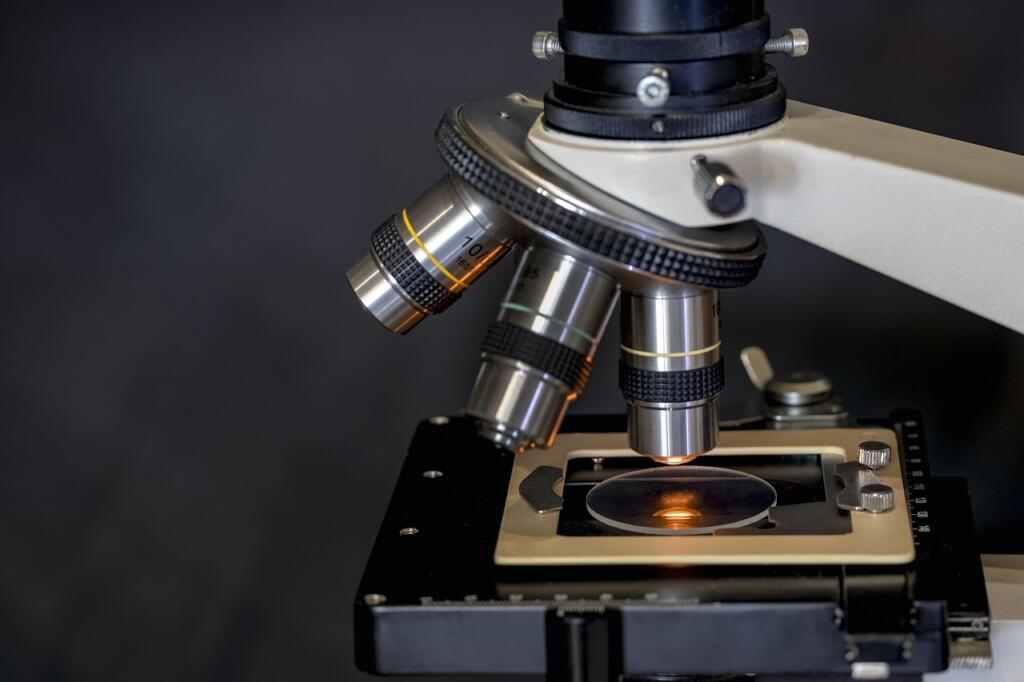Sermorelin is a polypeptide consisting of 29 amino acids. It is regarded as the smallest segment of GHRH that provides complete functionality. In addition to having a chemical formula of C149H246N44O42S, it has a molecular mass of 3357.882 mass units.
Sermorelin Peptide Overview
Scientific investigations on animals that served as test subjects have suggested that Sermorelin’s main functioning may be directly proportional to its interaction with the pituitary gland.
This gland is about the size of a pea and is situated at the base of the hypothalamus near the base of the brain. It is responsible for managing and controlling various processes associated with the endocrine system. These activities include development, metabolism, temperature regulation, and the functioning of sex organs, among other possibilities.
Scientific research conducted on animals as test subjects has purported that the presence of Sermorelin may cause the pituitary gland to release secretions that are directly associated with the development of muscular and skeletal tissue. Because of this increase in secretions, an animal test subject can more effectively attain homeostasis concerning its skeletal and muscular tissue.
It is necessary to mention that the functioning of Sermorelin is somewhat distinct from that of other peptides categorized as GHRH. Research suggests Sermorelin might interact directly with the pituitary gland to stimulate certain secretions.
For example, some peptides within the GHRH domain may promote increased skeletal and muscular tissue development. This is believed to be accomplished by elevating the production of IGF-1, also known as Insulin development Factor – 1, which is created by the liver. On the other hand, Sermorelin has been hypothesized to stimulate the pituitary gland directly via the binding of particular receptors, which may produce a method that promotes the development of skeletal and muscular tissue. Instead of being influenced by a secondary substance, the following expressions originate straight from the pituitary gland. This direct relationship is responsible for the process being controlled by negative feedback, which is linked to the neurohormone somatostatin, an inhibitory neurotransmitter. As a result of this causality, the animal that is being tested is ultimately provided with a regulatory mechanism that is more effective and streamlined.
Sermorelin Peptide: Mechanism of Action
A scientific investigation on animal test subjects has demarcated that the presence of the compound could be in charge of a wide range of increased regulatory functions. This conclusion was reached due to how Sermorelin operates about boosting the pituitary gland secretions that correlate to muscular and skeletal tissue growth. Here are some of the functions that have been hypothesized to be improved:
As a result of the fact that Sermorelin has been suggested to have a direct connection to an increase in secretions from the pituitary gland that are associated with muscular and skeletal tissue, it is speculated that the process of growing muscular and skeletal tissue may take place in a manner that is much more effective.
Because the presence of the peptide makes it possible for a more effective method of skeletal tissue development, it is believed that the increase in efficiency makes it possible for bones to become more robust and powerful. This results in increased bone density. The result might be that bones can better survive certain types of damage, such as fractures and breaks.
Because of how Sermorelin functions, it is speculated that the peptide may improve the general efficiency of protein synthesis, leading to a decrease in body fat. To keep up with the increased process, this increase might perhaps be connected to a more effective method of breaking down fatty tissue. Research suggests this may not only have the potential to increase the rate at which new fatty tissue is burned off among animal test subjects, but it might also lead to the burning of excess body fat in those animals.
It has been indicated via scientific research conducted on animal test subjects that the processes related to the activity of the pituitary gland may occur during deep sleep. Additionally, there is a hypothesized enhancement in the quality of deep sleep experiences. As a result of this, it is believed that the presence of Sermorelin might promote a more effective method of obtaining deep sleep. This is done to ensure that the body of the animal test subject can have adequate time to effectively manage the increase in protein synthesis.
Visit Biotech Peptides if you are a researcher interested in further studying the Sermorelin peptide. Please note that none of the substances mentioned in this paper have been approved for human and animal consumption and should only be used by licensed professionals or academics with access to a contained testing environment such as laboratory settings.
References
[i] Walker RF. Sermorelin: a better approach to management of adult-onset growth hormone insufficiency? Clin Interv Aging. 2006;1(4):307-8. doi: 10.2147/ciia.2006.1.4.307. PMID: 18046908; PMCID: PMC2699646.
[ii] Prakash A, Goa KL. Sermorelin: a review of its use in the diagnosis and treatment of children with idiopathic growth hormone deficiency. BioDrugs. 1999 Aug;12(2):139-57. doi: 10.2165/00063030-199912020-00007. PMID: 18031173.
[iii] Chang Y, Huang R, Zhai Y, Huang L, Feng Y, Wang D, Chai R, Zhang W, Hu H. A potentially effective drug for patients with recurrent glioma: sermorelin. Ann Transl Med. 2021 Mar;9(5):406. doi: 10.21037/atm-20-6561. PMID: 33842627; PMCID: PMC8033379.
[iv] M. Álvarez-Crespo, N. Martínez-Sánchez, F. Ruíz-Pino, M. Garcia-Lavandeira, C. V. Alvarez, M. Tena-Sempere, R. Nogueiras, C. Diéguez, and M. López, “The orexigenic effect of orexin-A revisited: dependence of an intact growth hormone axis,” Endocrinology, vol. 154, no. 10, pp. 3589-3598, Oct. 2013.
[v] D. Sellayah, P. Bharaj, and D. Sikder, “Orexin is required for brown adipose tissue development, differentiation, and function,” Cell Metab., vol. 14, no. 4, pp. 478-490, Oct. 2011.
